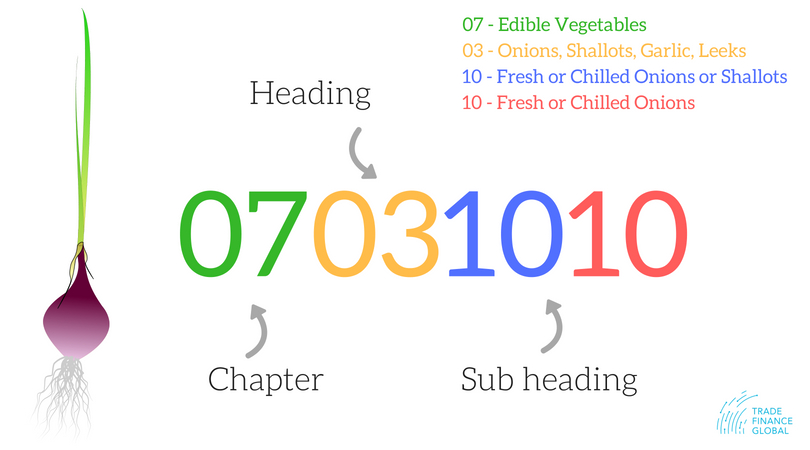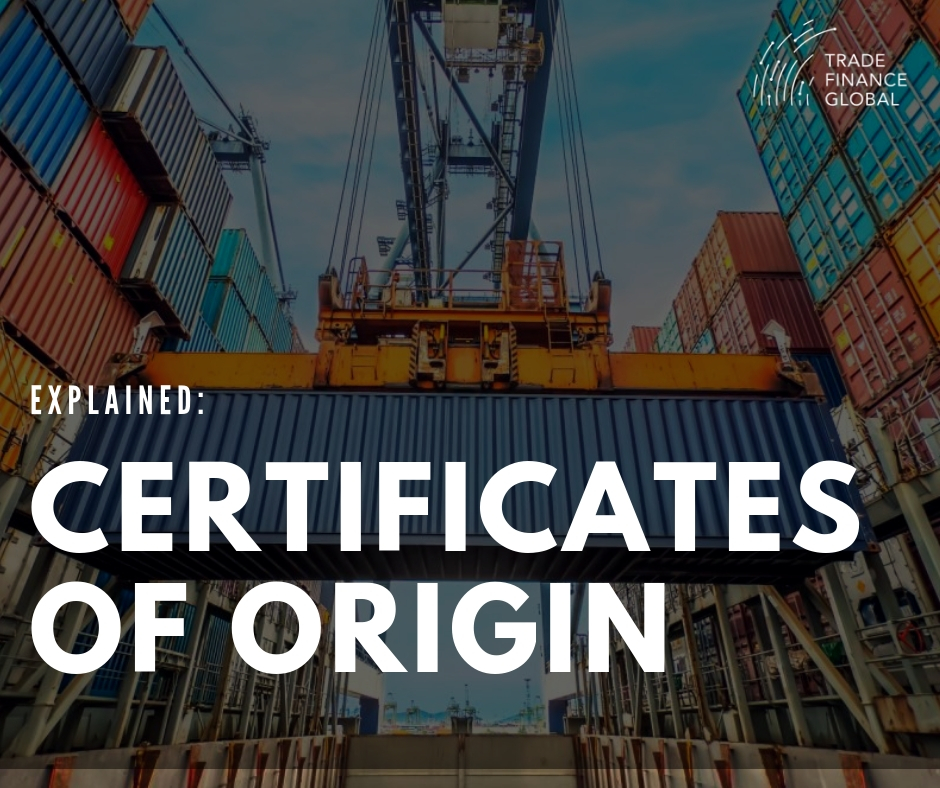Certificates of Origin, alongside with the ICC Incoterms® rules, are some of the most crucial trade documents which authenticate the origin of any goods which are exported.
Trade Finance Global spoke to CO experts, traders, shippers and producers, compiling a list of the most common mistakes when preparing Certificates of Origin, and how to avoid them.
1. Inaccurate description of the goods in question
Be close to the detail, avoid being vague (e.g. ‘felt tip pen’), use ID numbers, materials and a full description of each part
2. The Origin needs to be correct
There are three types of origin, and the correct tick box should be selected on the back of the Certificate of Origin:
Wholly Obtained Goods
These are also known as raw materials produced in the UK, or goods produced from raw materials in the UK, including farmed foods, ores and minerals, and any livestock which was raised in the UK.
Manufactured Goods
Manufactured goods have origin from the UK because they have been manufactured in the UK.
Imported Goods
Imported goods are those from outside of the UK, and will normally be supported by the proof of their origin (e.g. an invoice from the manufacturer, or the Certificate of Origin of those goods)

3. Tariff Classification Number
The SIC or HS tariff classification number is important, and needs to be assigned correctly to each part of product. The tariff classification number must be correct, and it’s advisable to speak to an expert customs broker if in doubt.

4. Packaging Details are incorrect
It’s very important to be accurate and detailed when it comes to packaging information on the Certificate of Origin. For example, defining whether the goods are in rolls, bales, boxes, cartons or crates, and correctly naming the total number of packages is important. If goods are not packed, loose, or shipped in bulk, this should also be clearly labelled and written.
5. Country of Origin has the incorrect designation
Any goods originated from the UK should show ‘European Community – United Kingdom’
Any goods originated in other EU countries (outside of the UK) should state these countries
Goods which have parts originated from non-EU countries should list EU Countries first, and then non-EU countries.

6. Imperial rather than Metric Measuring System
Always use the metric system (not imperial measurements system) for weights and measurements.
Want to know more about Certificates of Origin?
























